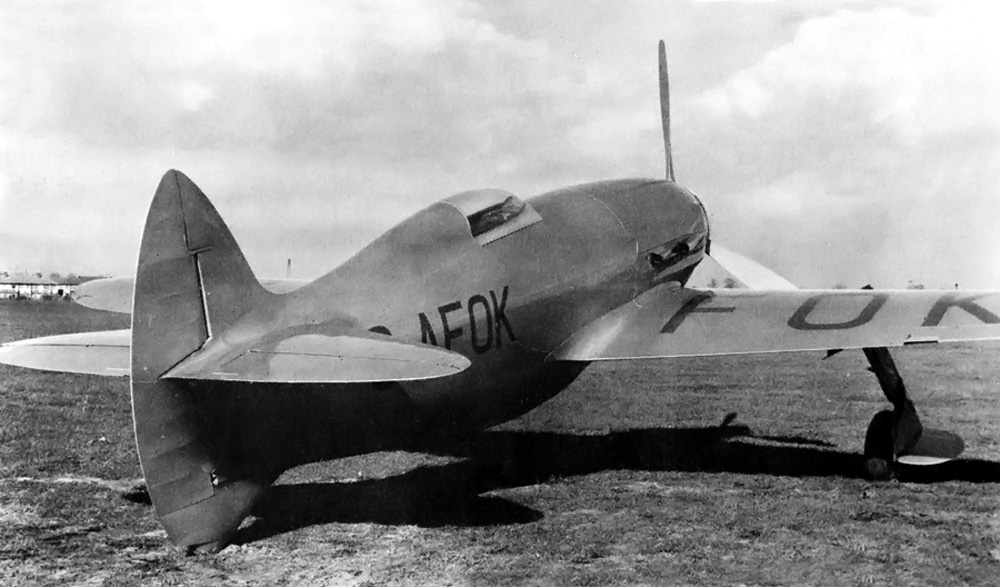Tommy Cookers wrote: ↑05 Apr 2018, 11:26
I've seen the 20ish litre RR V12 (4 blade prop) in a WW1 Bristol fighter being hand started by the Armstrong method
man 1 pulling the prop blade with 1 arm, man 2 pulling with 1 arm man 1's other arm, and man 3 pulling man 2's other arm
The Bristol Fighter was primarily powered by the Rolls-Royce Falcon. It was a smaller version, of the Eagle (14.2l vs 20.3l).
Tommy Cookers wrote: ↑05 Apr 2018, 11:26
RR got the job (of improving on the Curtiss V12 for the British nation) because Napier refused it
the Lion designer Rowledge had already left Napier for RR
Rowledge left Napier for Rolls-Royce a few years before that.
Rolls-Royce were basically out of the aero engine business when the government came calling for a British engine as good as, or better than, the Curtiss D12, which Fairey was seeking to manufacture under licence (they had imported them and named them Fairey Felix).
Rolls-Royce developed the F, which would develop into the Kestrel, and the Eagle XVI. The Eagle XVI bore no relationship to their earlier Eagle series of engines, being an X-16 of 19.4l.
The Eagle XVI had two banks offset from the others (top from bottom IIRC) and used fork and blade rods for each pair of cylinders. I don't believe it was supercharged (early Kestrels weren't either), and the prototype was certainly not flightworthy.
Henry Rolls was said to have preferred the Eagle XVI, but the airframe manufacturers preferred the F (and since they would be the ones buying the engine, they won).
Tommy Cookers wrote: ↑05 Apr 2018, 11:26
and later Napier produced a Merlin rival that had 12 independent cylinders
They did? What was its name?
Tommy Cookers wrote: ↑05 Apr 2018, 11:26
smaller than the Lion the Kestrel ran on 70ish octane and later (Peregrine) was rated at 875 hp on 80 octane
ran for hundreds of hours not hundreds of seconds
Early Kestrels ran on fuel with octanes in the mid 70s. The early MkIs were unsupercharged, but later Is were medium or fully supercharged (refers to the amount of boost).
By the Kestrel Mk.V, the engines were running on 87 octane.
The Peregrine I was rated at 885hp at 3,000rpm on 100 octane fuel. Interesting to note that the Vulture, which had the same bore and stroke as the Peregrine, was allowed 3,200rpm before bearing problems required them to be detuned.
Like most aero engines, the peak power 885hp was a short duration limit. Maybe 5 minutes, 15 minutes at most.




